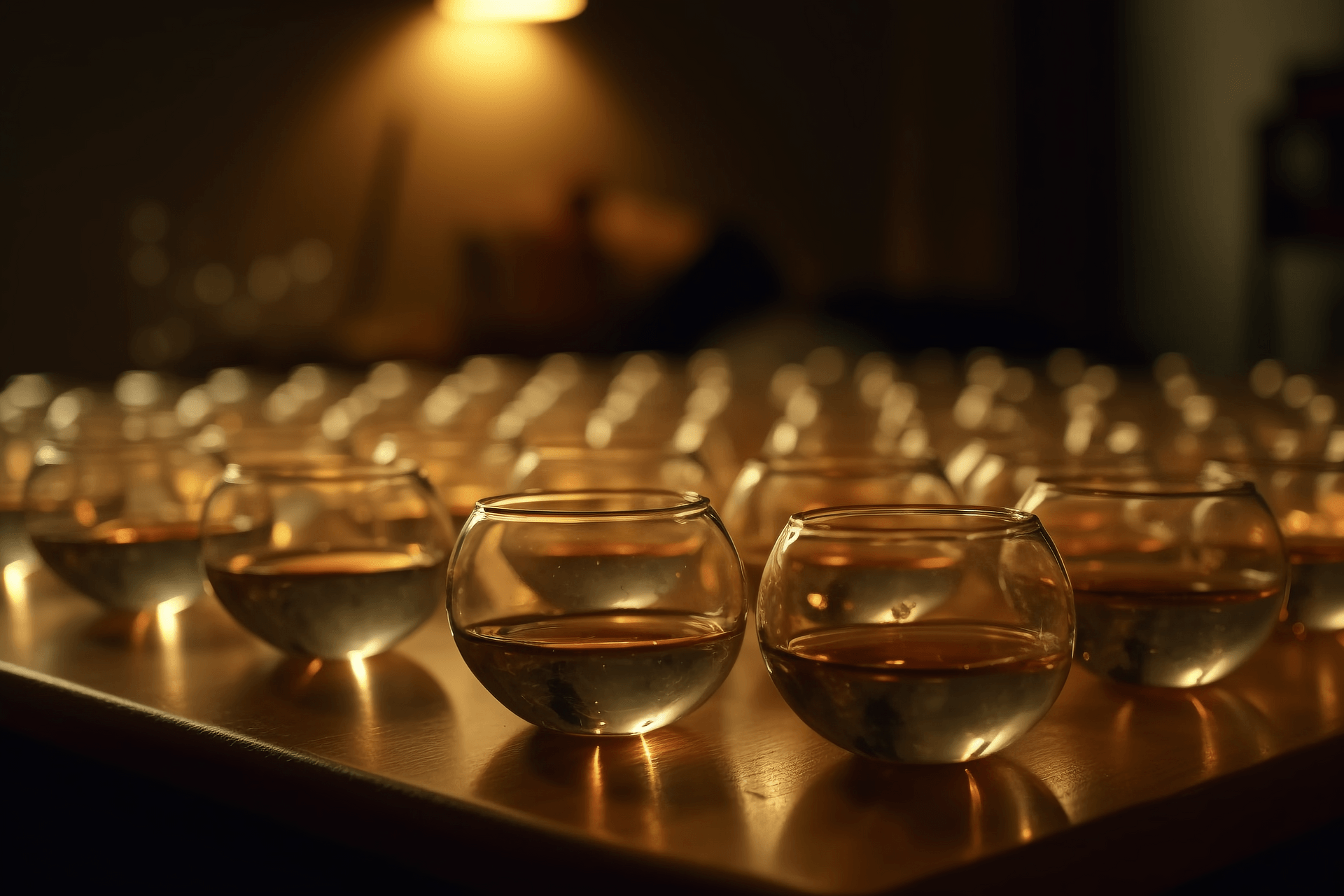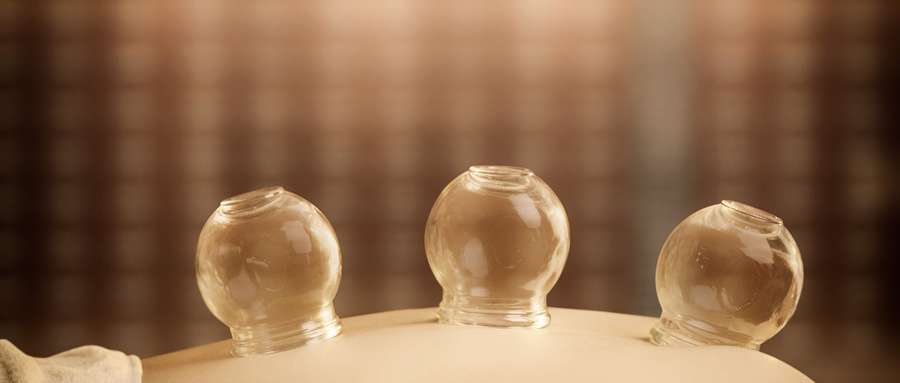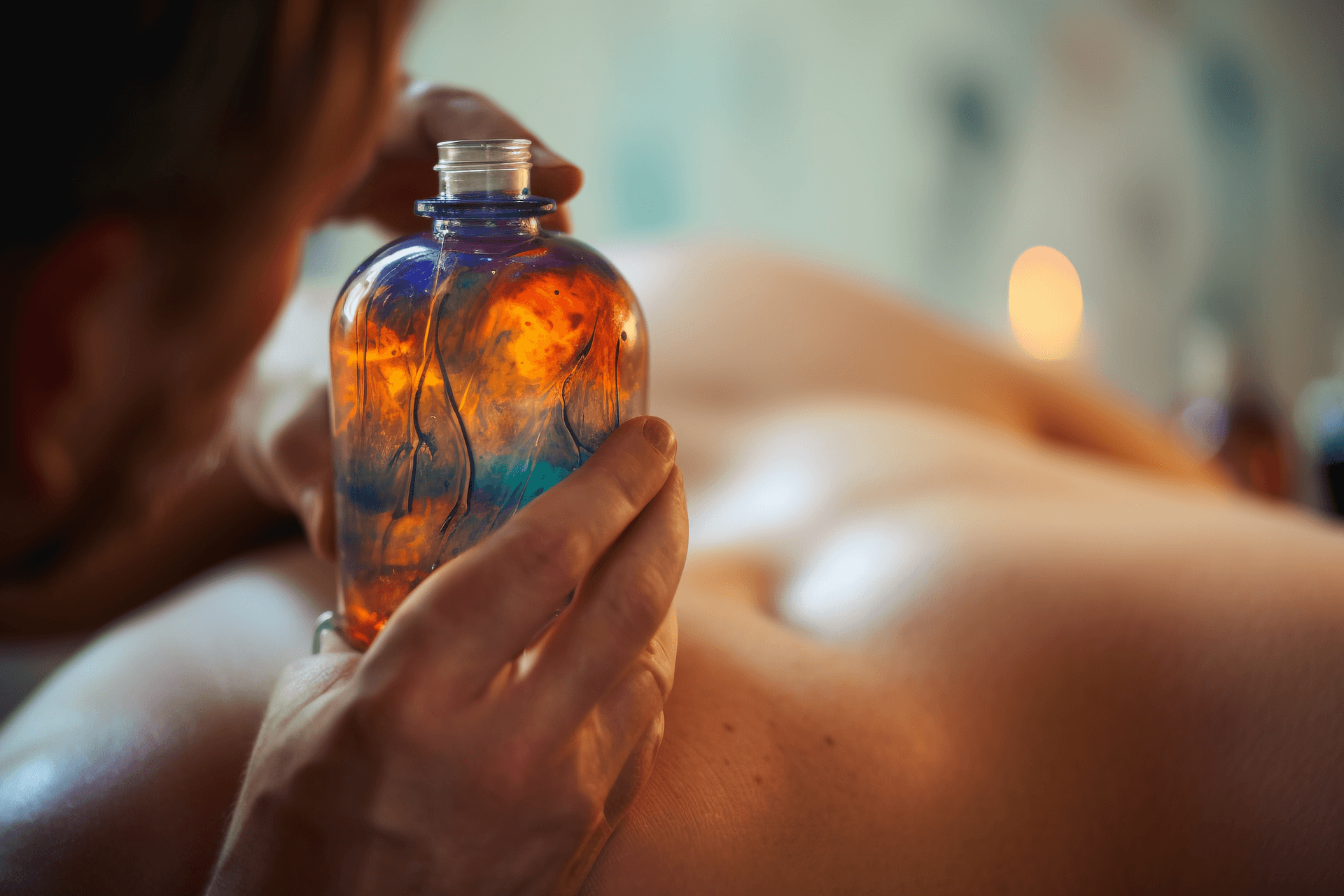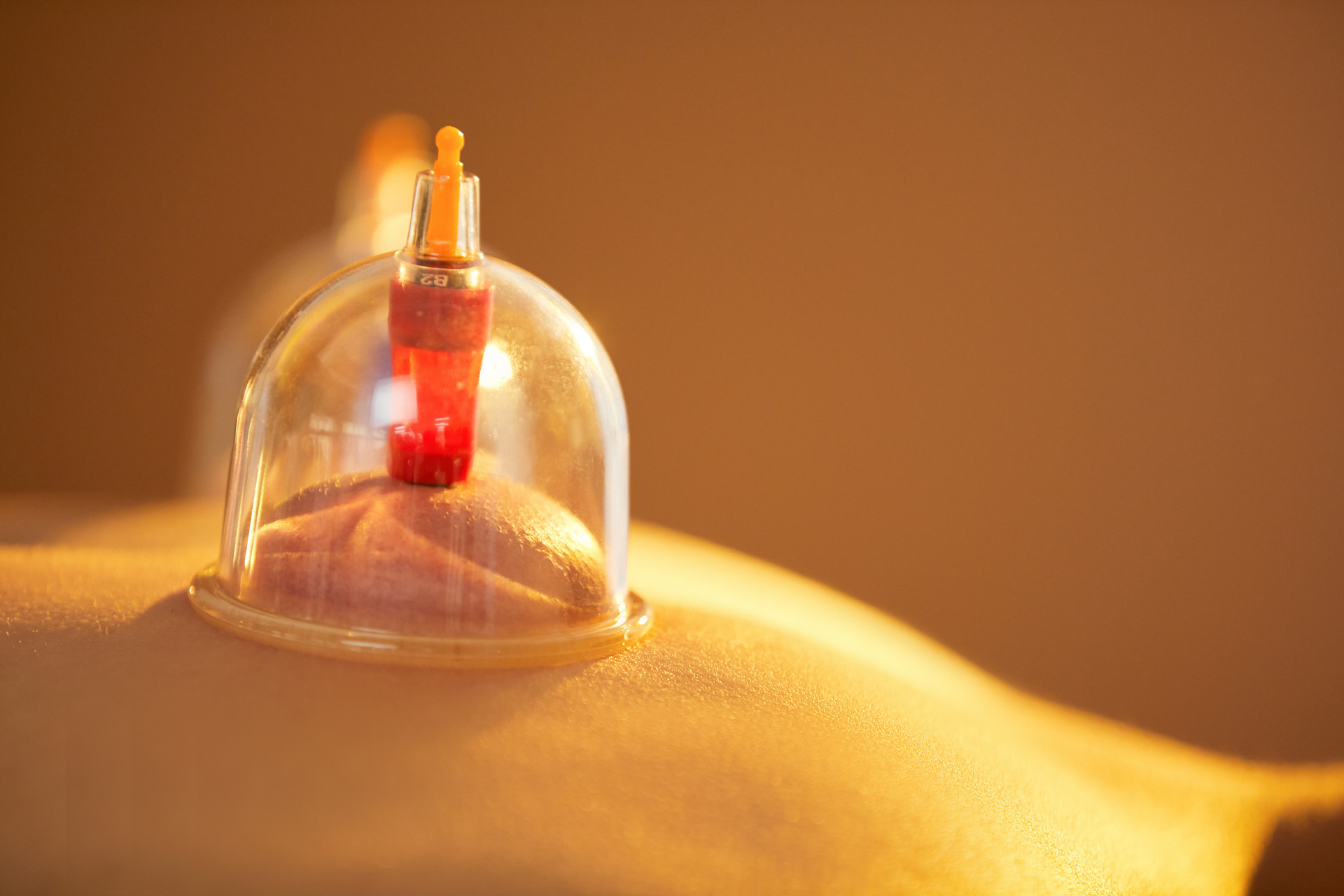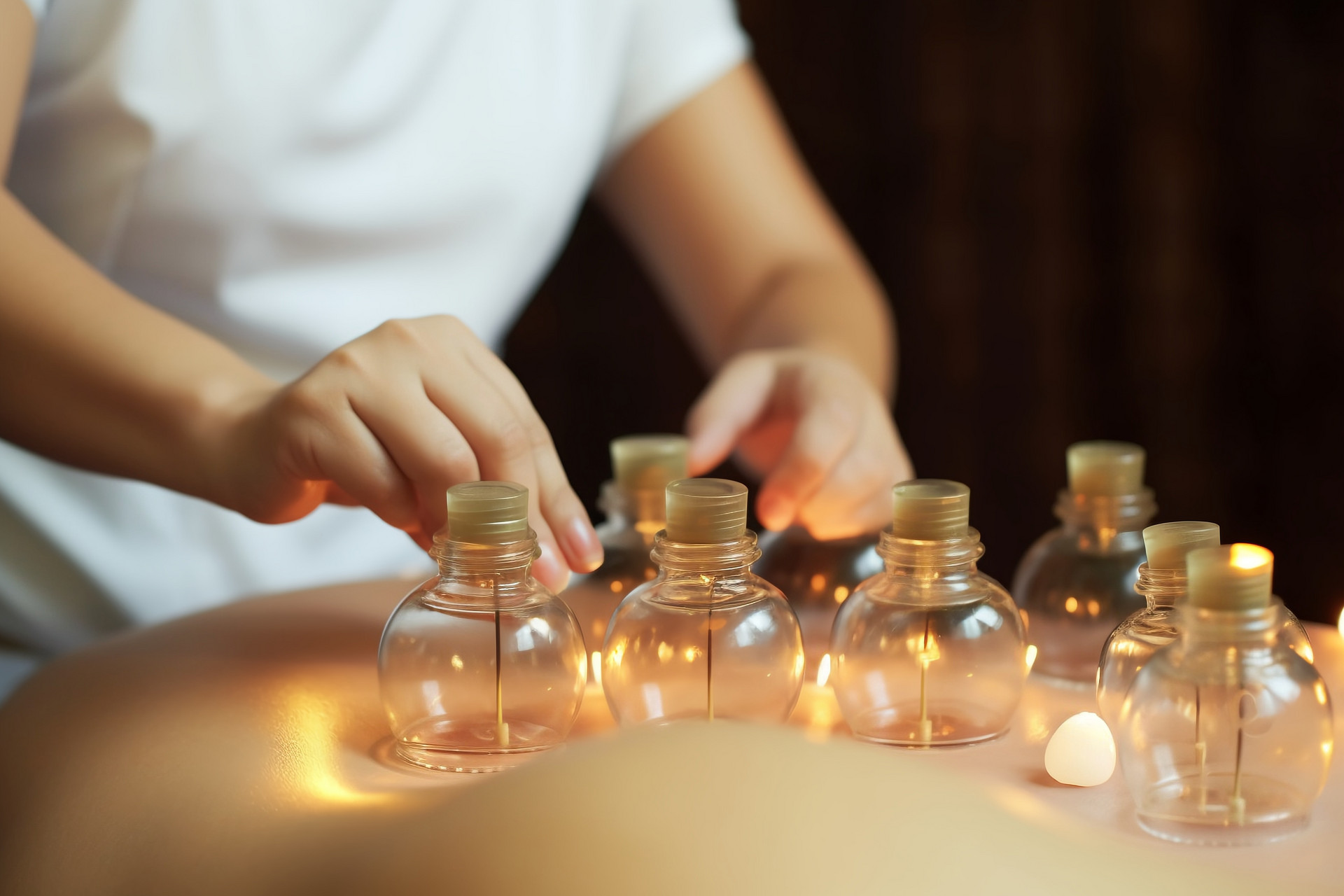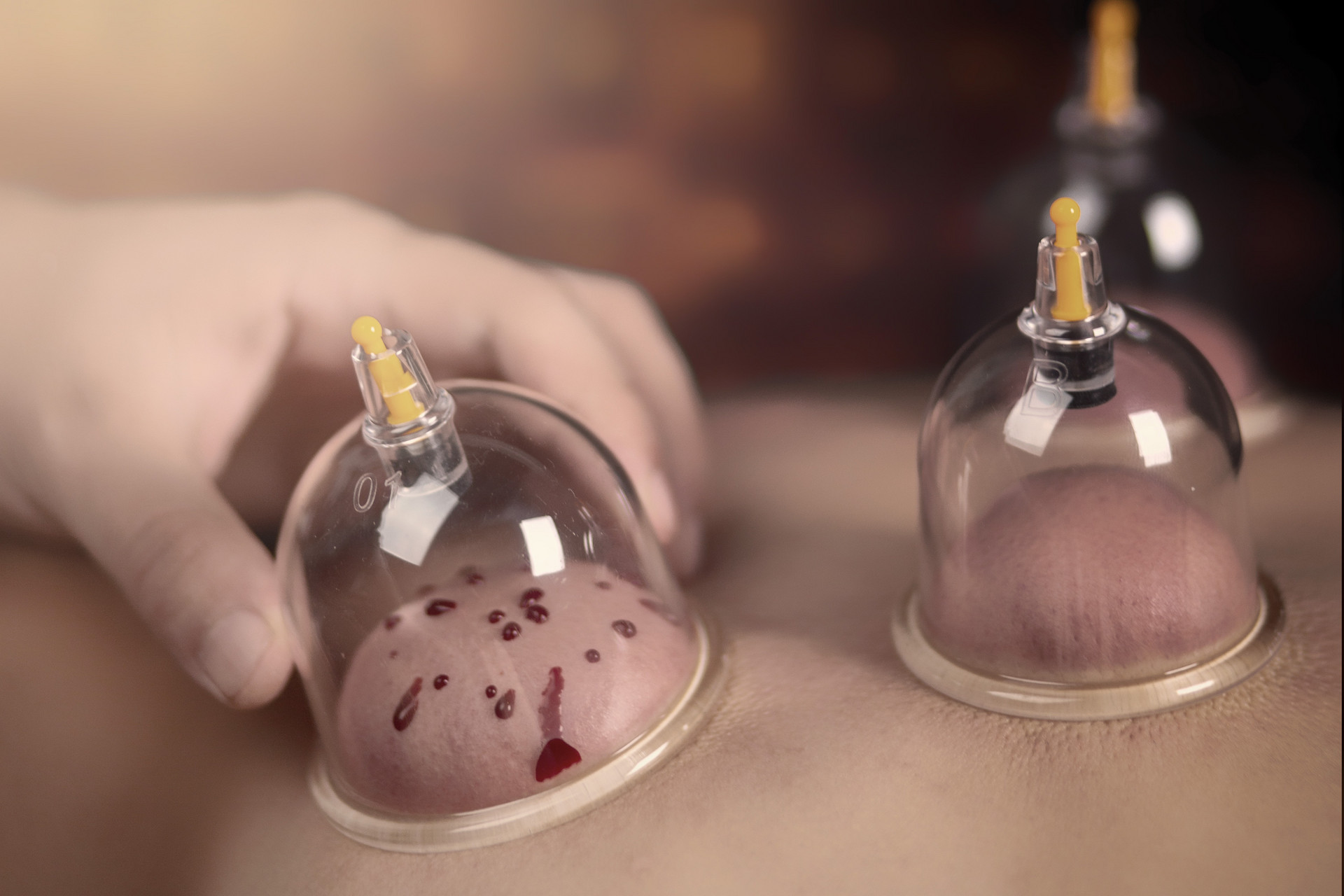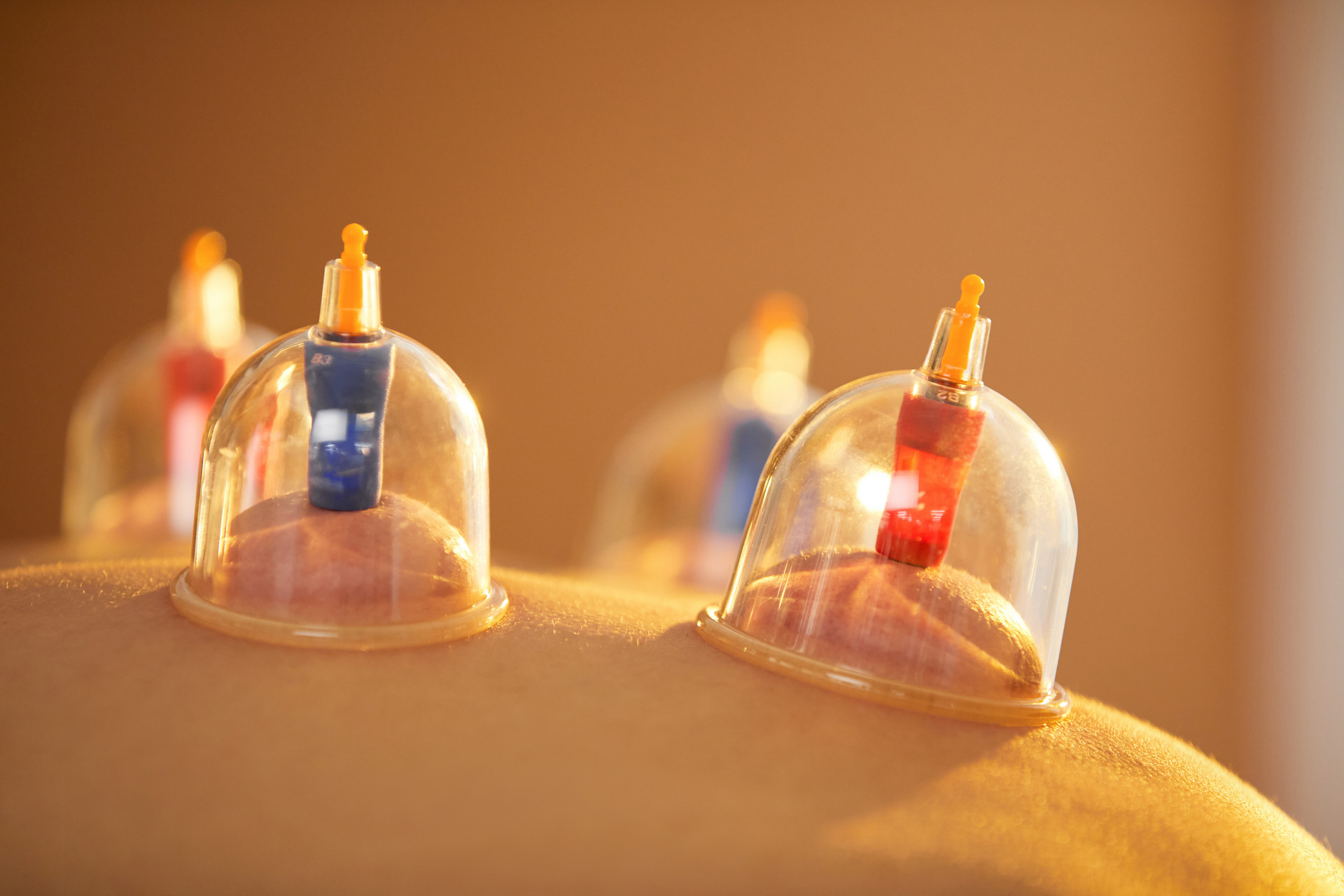"Elbow Posterior" written by Ge Hong in the Jin Dynasty is the earliest written record about cupping therapy for treating diseases. Similar to acupuncture, cupping is also a physical therapy and one of the most excellent physical therapies. Cupping can promote blood circulation, stimulate vital energy, and regulate qi and blood through physical stimulation and negative pressure, thus improving and regulating the body's immune function.
Traditional Chinese medicine believes that diseases are caused by the imbalance of the ascending and descending movement of qi in the human body, the disorder of the functions of organs and qi and blood, and the imbalance of yin and yang in the body. When the body is invaded by external factors such as wind, cold, heat, dampness, dryness, fire, poison, or internal factors such as emotional disturbances, it can lead to the dysfunction of organs, resulting in stasis of blood, stagnation of qi, phlegm and saliva, retention of food, turbidity of water, and evil fire, etc. These pathological products are also pathogenic factors that can travel through the meridians, disrupt the normal flow of qi in the body, and stagnate in the organs: blood stasis in the meridians can lead to poor circulation of qi, stagnant blood flow, and can cause atrophy and dysfunction of the skin, flesh, tendons, pulse, and joints, or insufficient nourishment of blood vessels and dysfunction of the six fu organs, ultimately leading to diseases.
Cupping has a warm and stimulating effect on the local skin, which is most apparent with large fire cups, water cups, and herbal cups. The warm stimulation can cause vasodilation, promote local blood circulation, improve congestion, enhance metabolism, and accelerate the elimination of waste and toxins from the body, thereby playing a role in promoting meridians, dispelling cold, clearing heat, and detoxifying.
When negative pressure is applied to the skin during cupping, a large number of bubbles will appear on the surface of the skin, thereby enhancing gas exchange in local tissues. Negative pressure changes the permeability of local capillaries and causes them to rupture, allowing a small amount of blood to enter the interstitial space, resulting in blood stasis and the release of hemoglobin due to the destruction of red blood cells. These effects contribute to the regulation of qi and blood circulation, relaxation of tendons, activation of collaterals, reduction of swelling and pain, and removal of wind and dampness in the body.
The regulatory effects of cupping therapy are based on negative pressure or warm stimulation. First and foremost, it has a regulatory effect on the nervous system, providing a series of beneficial stimulation to the body, acting on peripheral sensory receptors of the nervous system, transmitting information to the brain cortex through the central nervous system. In addition, the warm stimulation of cupping therapy on the local skin is transmitted to the central nervous system through the reflex pathways of skin and vascular sensory receptors. This leads to reflexive excitation, which regulates the excitation and inhibition processes of the brain cortex, bringing them into balance.
In general, healthy individuals usually have no obvious cupping marks. Common cupping marks include flushing, purplish-red or purplish-black bruises, small purplish-red spots, and varying degrees of heat and pain. These changes in the skin are the therapeutic effects of cupping therapy and can last for several days.


